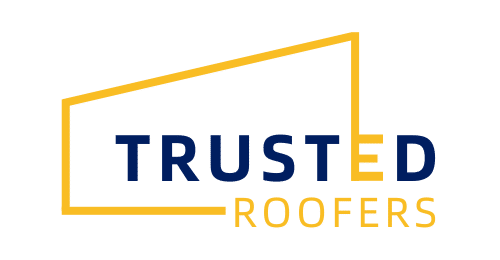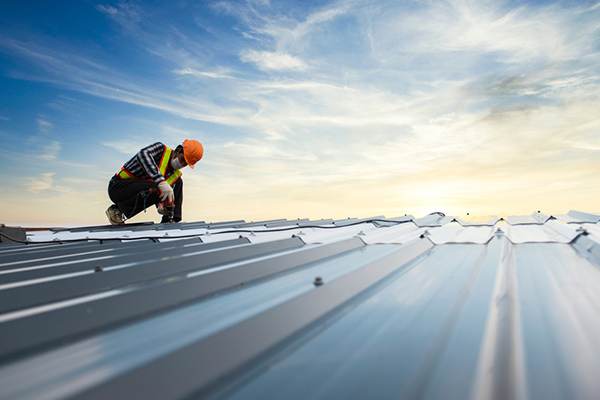Commercial roofing insulation is an integral component in the architectural design of businesses, acting as a formidable barrier to heat loss and gain. This article delves into the complexities and types of insulation suitable for commercial flat roofs, possessing unique characteristics and applications.
Key Takeaways
- Insulation enhances energy efficiency, reduces utility bills, improves comfort, and increases building sustainability.
- When choosing insulation, consider factors like R-value, cost, durability, installation ease, and sustainability.
- Signs that indicate the need to replace insulation include increased energy bills, indoor discomfort, visible damage, or water leaks.
Types of Commercial Flat Roof Insulation
There are various insulation types suitable for commercial flat roofs, each with unique characteristics:
Extruded Polystyrene (XPS) Insulation
XPS is a rigid foam insulation with a closed-cell structure, offering excellent moisture resistance and high compressive strength. It is particularly suitable for roofs exposed to high levels of moisture and is known for its high R-value, making it an effective thermal insulator.
Mineral Wool Insulation
Mineral wool, made from molten glass, stone, or industrial waste, is renowned for its fire-resistant and soundproofing qualities. It is ideal for urban commercial buildings and can withstand high temperatures without losing its insulating properties.
Spray Foam Insulation
Spray foam insulation is a versatile option, providing high R-value and forming a continuous, airtight layer on the roof, eliminating thermal bridging. It adheres to the substrate, filling cracks, gaps, and voids, making it an excellent choice for both thermal insulation and air sealing.
Fiberglass & Rockwool Batt Insulation
These are non-combustible and cost-effective insulation options. Fiberglass is made from fine glass fibers, and rockwool is made from basalt rock and slag. Both have good thermal resistance and are suitable for a variety of commercial applications.
Rigid Board Insulation
Rigid board insulation, available in various materials like polystyrene, polyisocyanurate, and fiberglass, is suitable for applications requiring high load-bearing properties. It offers high R-values and is often used in built-up roofing systems for its durability and strength.
Polyurethane Foam Insulation
This type is similar to spray foam insulation but is applied as a rigid foam board. It offers high thermal resistance and strength, making it suitable for commercial roofs experiencing high foot traffic or weight from equipment.
Expanded Polystyrene (EPS) Insulation
EPS is a lightweight, rigid foam insulation with a closed-cell structure, offering stable long-term R-value and flexibility in design. It is resistant to moisture and provides consistent insulating performance over time.
Installation Methods
1. Mechanically Attached:
Suitable For: Extruded Polystyrene (XPS), Rigid Board Insulation, Mineral Wool Insulation.
Process: Insulation boards are secured to the roof deck using screws and plates. This method is quick and economical.
Consideration: Proper alignment and spacing are crucial to avoid thermal bridging and ensure optimal performance.
2. Fully Adhered:
Suitable For: Spray Foam Insulation, Rigid Board Insulation.
Process: Insulation is glued to the roof substrate using adhesive, providing a seamless and uniform layer. It’s especially useful for roofs with irregular shapes or protrusions.
Consideration: The roof surface must be clean and dry for the adhesive to bond correctly.
3. Sprayed or Injected:
Suitable For: Spray Foam Insulation.
Process: Insulation is sprayed or injected, filling cracks, gaps, and voids, forming a continuous insulating layer that adheres to the roof surface.
Consideration: Proper application is crucial to avoid overspray and ensure uniform thickness.
4. Layered or Laid Down:
Suitable For: Fiberglass & Rockwool Batt Insulation, Mineral Wool Insulation.
Process: Insulation is laid between the roof joists or on the roof deck, often secured with a netting or another layer.
Consideration: It is essential to avoid gaps and ensure the insulation is uniformly laid to avoid heat loss.
5. Ballasted:
Suitable For: Extruded Polystyrene (XPS), Rigid Board Insulation.
Process: Insulation boards are laid loosely on the roof deck and held in place by gravel, pavers, or other ballast. It’s typically used in conjunction with a waterproof membrane.
Consideration: The roof structure must be able to bear the weight of the ballast.
Benefits of Commercial Flat Roof Insulation:
Enhanced Energy Efficiency
Insulation helps in reducing the heat transfer between the inside and outside of the building. This enhanced thermal resistance leads to less energy consumption for heating and cooling, thus promoting energy efficiency.
Reduced Utility Bills
The improved energy efficiency results in lowered heating and cooling needs, subsequently leading to a significant reduction in utility bills, a critical factor in managing operational costs in commercial buildings.
Improved Comfort
By moderating internal temperatures and minimizing the impact of external temperature fluctuations, insulation ensures a more comfortable and stable indoor environment for the occupants.
Increased Sustainability
Utilizing insulation reduces the energy demands of a building, thereby lowering its carbon footprint. This is particularly crucial in the modern context, where sustainable practices are highly valued.
Condensation Control
Proper insulation minimizes the risk of condensation within the building’s structure by preventing the interaction between warm internal air and cold external surfaces, thus averting potential damages due to moisture.
Soundproofing
Many insulation materials possess sound-absorbing properties, helping in reducing the transmission of external noises into the building, creating a quieter, more pleasant indoor atmosphere.
Enhanced Building Value
A well-insulated commercial flat roof can increase the overall value of the building by improving its energy efficiency, comfort, and sustainability, which are sought-after features in real estate.
Reduced HVAC Load
The reduction in temperature fluctuations and extremities reduces the stress and operational load on HVAC systems, thereby reducing maintenance and replacement costs and enhancing their efficiency and lifespan.
Cost-Effective
While there is an initial investment involved in installing roof insulation, the long-term benefits of reduced energy consumption and maintenance needs make it a cost-effective solution in the long run.
Fire Resistance
Certain insulation materials offer added fire resistance, providing an extra layer of protection to the building and its occupants.
Factors to Consider
When choosing commercial roof insulation, factors such as R-value, cost, durability, ease of installation, and sustainability must be taken into account. The chosen insulation should align with the specific needs and constraints of the building, balancing upfront costs with long-term benefits.
R-Value
The R-value is a critical factor as it measures the thermal resistance of the insulation material. A higher R-value signifies better insulating properties, which is crucial in maintaining energy efficiency and indoor comfort.
Cost
Cost considerations include not only the price of the insulation material but also the installation costs and long-term savings due to reduced energy consumption.
Durability
The chosen insulation material should be durable and resistant to environmental factors, ensuring it maintains its effectiveness over time and reduces the need for frequent replacements.
Ease Of Installation
The ease of installation affects the overall cost and the time required to complete the insulation project, impacting the building’s operations during the installation period.
Sustainability
Choosing eco-friendly insulation options is vital in reducing the environmental impact of the building and aligning with modern sustainability goals.
Signs to Replace Insulation
Signs such as increased energy bills, discomfort in indoor environments, visible damage to insulation, or water leaks indicate that it might be time to replace the commercial flat roof insulation.
Conclusion
Commercial flat roofing insulation stands as a key factor in maintaining the integrity, comfort, and efficiency of commercial buildings. With a myriad of options available, each with its distinct properties and applications, it’s imperative for businesses to make an informed decision, considering factors like R-value, durability, cost, and sustainability.
The large amount of benefits, including substantial energy savings, improved comfort, and increased building value, make it a quintessential investment for any commercial establishment. The insights provided in this article aim to assist in navigating through the intricacies of commercial flat roof insulation, ensuring educated selection, installation, and maintenance, thereby contributing to long-term operational success and sustainability.
Frequently Asked Questions
What are the most common types of insulation used for commercial flat roofs?
Common types include Polyisocyanurate (Polyiso), Expanded Polystyrene (EPS), Extruded Polystyrene (XPS), and Spray Polyurethane Foam (SPF). Each type offers different benefits in terms of R-value, durability, and moisture resistance.
How important is the R-value in flat roof insulation?
The R-value is crucial as it measures thermal resistance. Higher R-values indicate better insulating properties, leading to improved energy efficiency and lower heating/cooling costs for the building.
Can flat roof insulation improve the building’s energy efficiency?
Yes, properly installed insulation can significantly improve energy efficiency by reducing heat loss in winter and heat gain in summer, thereby lowering overall energy costs.
How does flat roof insulation impact the building’s overall maintenance needs?
Good insulation can reduce the strain on HVAC systems and protect the roof from thermal movement, potentially reducing maintenance needs. However, it’s important to ensure proper installation and regular inspections.



